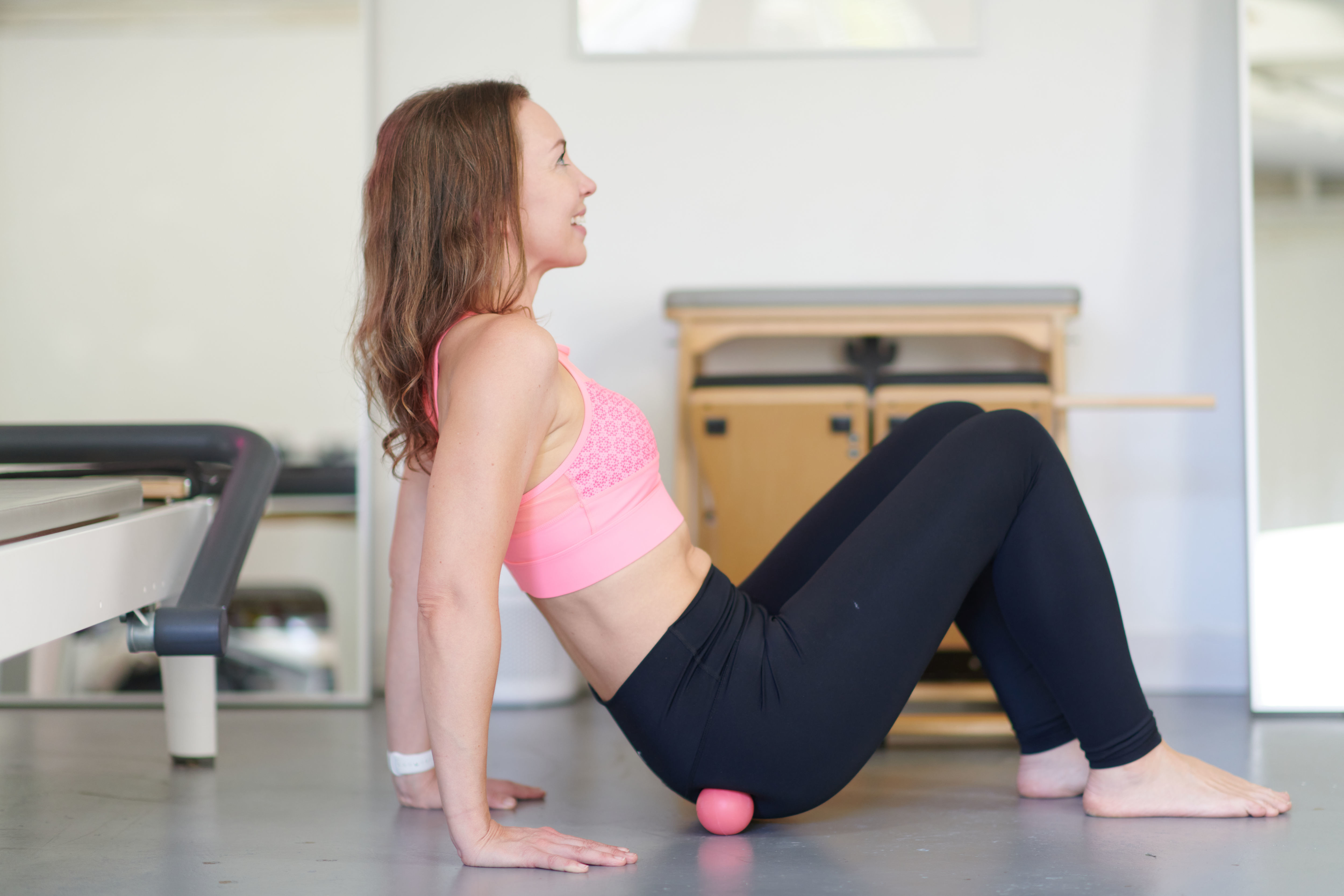Stress vs Urge Incontinence - What’s the difference and how do they each relate to your pelvic floor?

Stress Incontinence occurs when you cough, laugh, run, jump, sneeze etc, and you pee your pants a little as a result. This often happens when too much pressure is exerted on the bladder, forcing urine out. In most cases, this is a result of weakened pelvic floor muscles, usually due to childbirth, age, and/or menopause. But there are also circumstances that can aggravate stress incontinence, such as obesity, smoking, high-impact activities like running and jumping, and a chronic cough. Women can also experience stress incontinence when doing things like standing from sitting, getting in and out of a vehicle, lifting heavy things and having sex.
Urge Incontinence is also known as Overactive Bladder (OAB) and occurs when there is a strong urge to urinate despite the fact that your bladder may not be full. This urge is often strong enough that you can’t make it to the bathroom in time. While women with stress incontinence leak urine, women with urge incontinence may experience a sudden, strong urge to urinate, loss of control over when urination occurs and frequent urination both day and night. The symptoms of urge incontinence are often caused by things like bladder infections/inflammation, bladder stones, spine injuries, neurological conditions, bladder blockages and pelvic floor tightness.
Mixed Incontinence is the term used when both Stress Incontinence and Urge Incontinence are experienced together.
Symptoms of both kinds of incontinence can often be significantly reduced by looking at the pelvic floor, although each requires a slightly different approach. While stress incontinence requires more strengthening of the pelvic floor, urge incontinence usually requires more releasing of the pelvic floor, and mixed incontinence requires a combination of the two.
If you’ve been doing all the “Kegels” and wondering why it’s not helping with your stress incontinence, read on. We know now that Kegels are an outdated approach to strengthening the pelvic floor, and that we must learn how to connect the pelvic floor with both our breath and the rest of our core in order to truly get the benefits of strengthening the pelvic floor.
Pelvic floor tightness is a very common cause of urge incontinence. This tightness could be causing tension on the pelvic floor nerves, but also causing irritation of the urethra. An irritated urethra always feels like it needs to urinate! Pelvic floor tightness can come about when someone does too many “Kegels”, or too much lower abdominal work without properly managing pressure in the core. It can also come about if there is a lot of tension in the pelvic area, either as a result of injury or trauma, or from external stress factors.
One of my favorite ways to release the pelvic floor is with the use of a therapy ball. These are often around the same size as a tennis ball with minimal (but some) squishiness.

- Sit down on the ground
- Locate your tailbone and the boniest part of your sitting bone on one side
- Place the ball halfway in between those two points and sit on it
- Roll the ball in circles and notice if there are any particularly tight spots
- Start making smaller circles on the tightest areas
- Breathe deeply and fully relax your both your pelvic floor and your abs as you do this (imagine you are about to urinate, but not quite)
- Check in with your shoulders and your glutes. Try to let go of any muscle tension you might be holding onto elsewhere in the body as well
- Do both sides
Spend five minutes a day doing this, for three days in a row. If you notice any kind of improvement, that gives us a clue that your urge incontinence might be being caused by pelvic floor tightness. In which case, keep doing it, and eventually once the tightness has sufficiently subsided, you can add in some pelvic floor strengthening as well. Tightness and weakness very often go hand in hand. So just because a muscle is too tight, doesn’t mean that it doesn’t need strengthening also. In this instance, we just want to release some of that tightness FIRST, before we start adding in strength work.
My 6 week signature program the Mama Method, will teach you everything you need to know about both strengthening AND releasing the pelvic floor, how to do all sorts of low pressure core workouts that actually HEAL your core (rather than making your issues worse), and how to incorporate the pelvic floor into full body workouts, and movements you use in your daily life.
Emma xo

